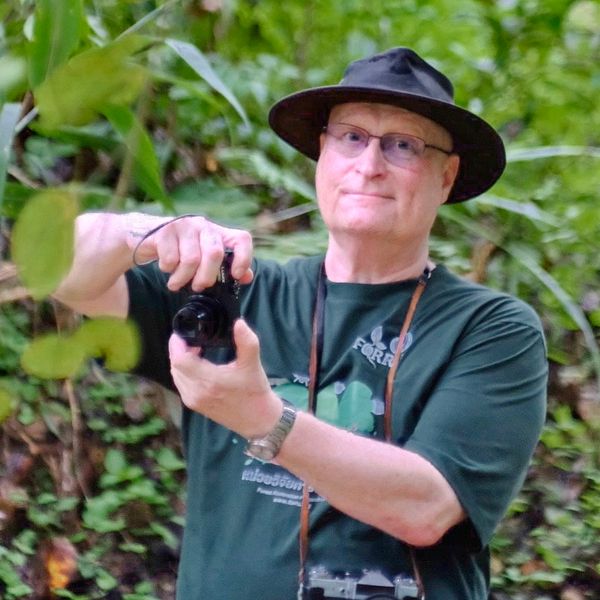Selection of native tree species for restoring forest ecosystems

Shannon, D.P. & S. Elliott, 2016. Selection of native tree species for restoring forest ecosystems. Pages 49-56 in Proceedings of the 3rd National Meeting on Biodiversity Management in Thailand, The Impress Nan Hotel, Nan Province, Thailand. June 15-17, 2016.
Contributors
ABSTRACT: The framework species method is a well-established tropical forest restoration technique, which involves planting 20-30 indigenous forest trees species, with high survival and growth rates, dense spreading crowns (to shade out weeds) and which produce resources (e.g. fleshy fruits, nectar) that attract seed-dispersing animals (for biodiversity recovery). Selecting species, which combine these characteristics, from amongst hundreds that grow in any tropical forest type, is challenging. Here, we proposed a combination of minimum standards and a suitability index to rank the suitability of framework tree species, illustrated by a study of restoring lowland tropical evergreen forest in Krabi Province, southern Thailand. Over 8 years, 80 tree species, were subjected to phenology studies, propagation experiments and mixed-species, field, performance trials (10 ha). Data collected included fruiting periods, seed dispersal mechanisms and germination rates, seedling growth in the nursery and both survival and growth of planted saplings in the field. Species that failed to achieve a minimum survival standard, two rainy seasons after planting, were dropped, before applying a rank scoring system, comparing averaged data with maximum values (indicating maximum species potential). The method was adapted to local needs by local people nominating which variables to include and their relative weightings. Average values produced the most stable results, but required more effort in terms of replication. The generic approach, developed by this study, can easily be adapted to restoration projects in other tropical countries. Although it relies on large data-collection programs, data collection methods are simple and local people can easily implement them



